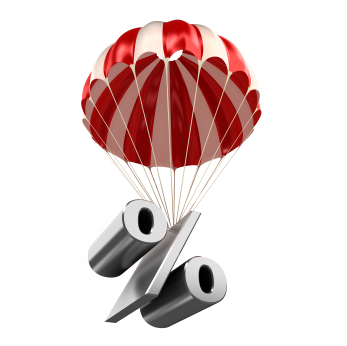 If you got a mortgage last year and paid less than 2.76%, you beat the averages.
If you got a mortgage last year and paid less than 2.76%, you beat the averages.
That was the typical rate for a new mortgages in 2016, according to Mortgage Professionals Canada’s (MPC’s) annual mortgage survey.
It was a good year for those renewing a mortgage. A majority (64%) switched into a lower rate, with the average being 2.70%.
This data confirms the obvious, of course, which is that the best mortgage rates are far better than posted rates, which averaged 4.66% on 5-fixeds in 2016.
2016: Year of the Fixed Rate
In any given year, about two-thirds of mortgages have fixed rates, a quarter have variable rates and the rest are hybrid mortgages (i.e., those with a combination of fixed and variable rates and/or short and long terms).
Most borrowers crave the comfort of knowing their payments (and interest cost) will remain the same for the entire term. As we speak, MPC says 3.93 million out of 5.78 million mortgage holders report having a fixed rate, mainly for that reason.
But the security of knowing what your monthly payments will be, for five years, always comes at a cost. Albeit, that cost is now near an all-time low.
Year-to-date, fixed rates have only been about 0.25%-pts. higher than variable rates on average. That’s half the spread of last year, and one-fifth the long-term average, which is ~ 1.25%-pt. according to RateSpy.com’s database.
This year’s tight fixed-variable spread explains much of the demand for fixed rates. It’s led a full 80% of new borrowers to lock in, says MPC. The biggest demand came from first-time buyers, 84% of which opted for fixed rates.
By Steve Huebl

 log in
log in
2 Comments
I went with a 2.59% 5-year fixed rate two years ago. Yes, there were better rates available, but you can’t put a price on five years of peace of mind. I’ll definitely be renewing into another 5-year term, no matter what the other options are at that time. But that’s just me.
In fact, you can put a price on it, and you paid a very fair price!